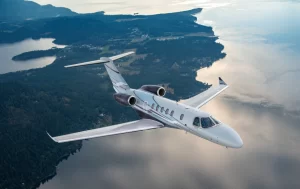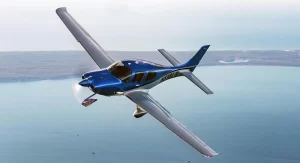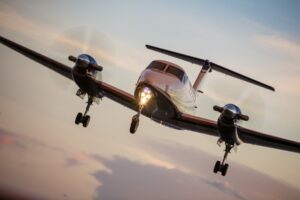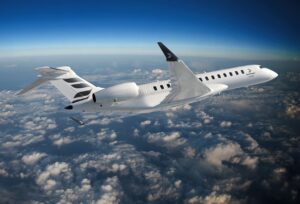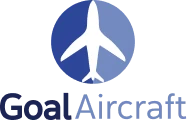The Beechcraft King Air 250, part of the renowned King Air family, remains an icon of reliability, versatility, and efficiency in executive aviation. Since the launch of the King Air line in 1964, this turboprop aircraft has stood out for its ability to operate on short runways and its durability in adverse conditions. The King Air 250, an evolution of this legacy, brings significant improvements in terms of performance and comfort, making it a preferred choice for operators seeking low operating costs combined with excellent performance.
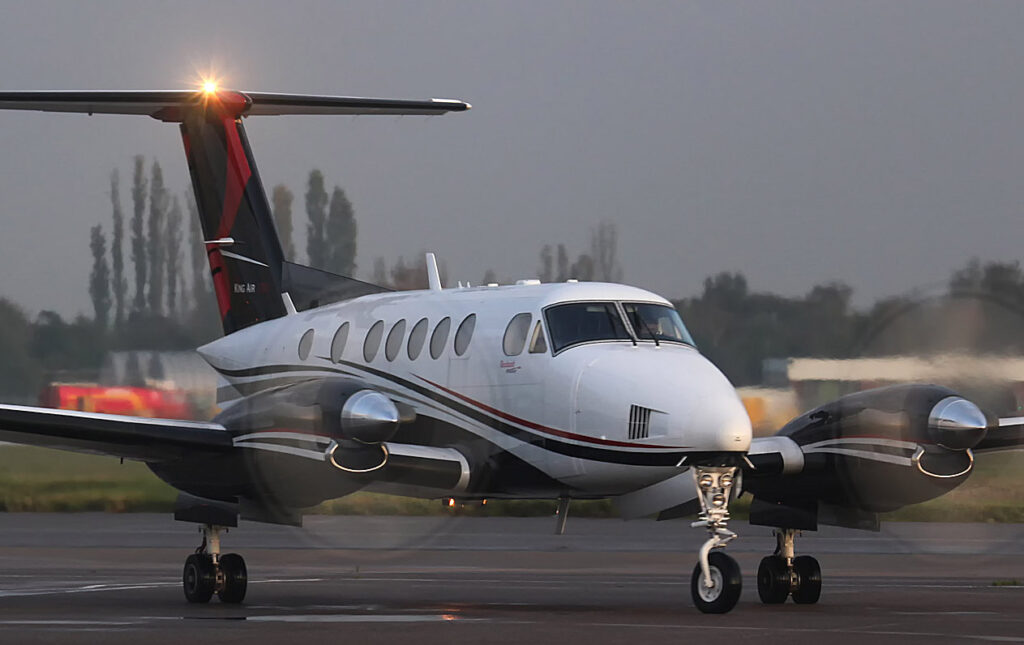
King Air 250 Specifications
The King Air 250 boasts a set of technical features that make it a robust and reliable aircraft. It is equipped with two Pratt & Whitney PT6A-52 engines, ensuring power for short and medium-range flights with great fuel efficiency.
| Specification | Detail |
|---|---|
| Aircraft Length | 13.36 meters |
| Wingspan | 17.65 meters |
| Height | 4.57 meters |
| Maximum Range | 2,710 km |
| Cruise Speed | 574 km/h |
| Passenger Capacity | Up to 9 passengers |
| Engines | 2x Pratt & Whitney PT6A-52 |
| Average Fuel Consumption | 215 gallons/hour |
| Maximum Operating Altitude | 10,668 meters |
Operating Costs and Efficiency
One of the most attractive aspects of the King Air 250 is its low operating cost. On average, hourly operating costs are around US$1,200, making it highly affordable for operators seeking efficiency without sacrificing performance. Its fuel consumption is approximately 215 gallons per hour, an exceptional figure for a turboprop aircraft.
Compared to jet aircraft, the King Air 250 offers more economical maintenance, making it an excellent choice for operators looking to optimize long-term costs.
Avionics and Onboard Equipment
The King Air 250 is equipped with the sophisticated Collins Pro Line Fusion avionics system, one of the most advanced in executive aviation. This system integrates a range of features that make flights safer and more efficient for pilots:
- Three High-Resolution Touchscreen Monitors: Located on the front panel, these displays allow pilots clear and detailed visualization of all flight information, including maps, navigation, and performance data.
- Synthetic Vision System (SVS): Provides 3D images of the surrounding terrain, helping pilots maintain improved situational awareness, especially in low-visibility conditions.
- Flight Management System (FMS): Controls routes, altitude, and flight plans in an optimized manner, allowing for quick and precise adjustments during the flight.
- Terrain Awareness and Warning System (TAWS): This system provides visual and audible alerts, warning pilots of potential ground collisions.
- Integrated Weather Radar System: Displays real-time weather data, helping to avoid areas of turbulence or adverse weather.
- VHF Radio Control: Ensures efficient communication between the aircraft and air traffic control towers.
- Backup Analog Instruments: In addition to the electronic monitors, the cockpit also features traditional flight instruments for redundancy in case of electronic failure.
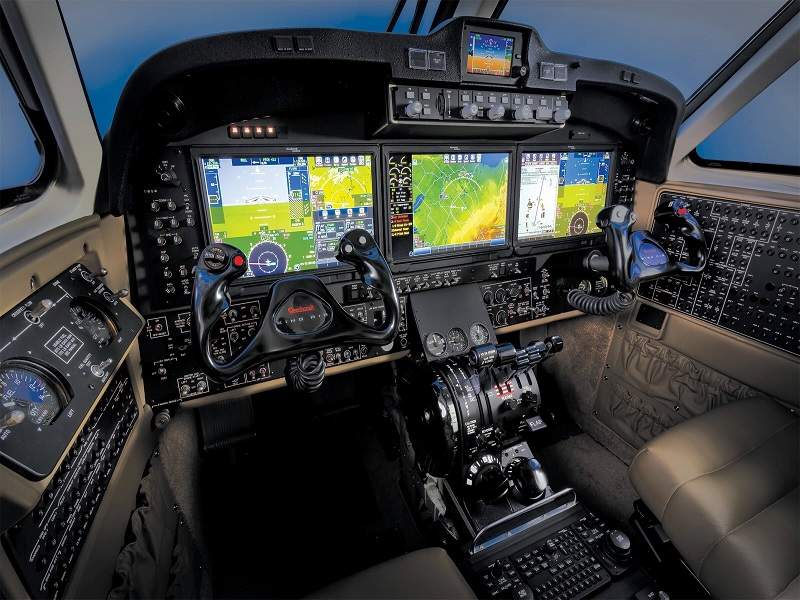
These avionics and onboard systems ensure that the King Air 250 offers a safe, comfortable, and highly technological flying experience, facilitating navigation and operation under various conditions.
Interior and Comfort
The interior of the King Air 250 is designed to offer luxury and comfort for up to 9 passengers. With premium leather seats and a climate-controlled environment, the aircraft provides a pleasant experience on short or medium-distance trips. The internal design allows passengers to have enough space to relax and enjoy the flight, while luggage compartments ensure all belongings are stored safely.
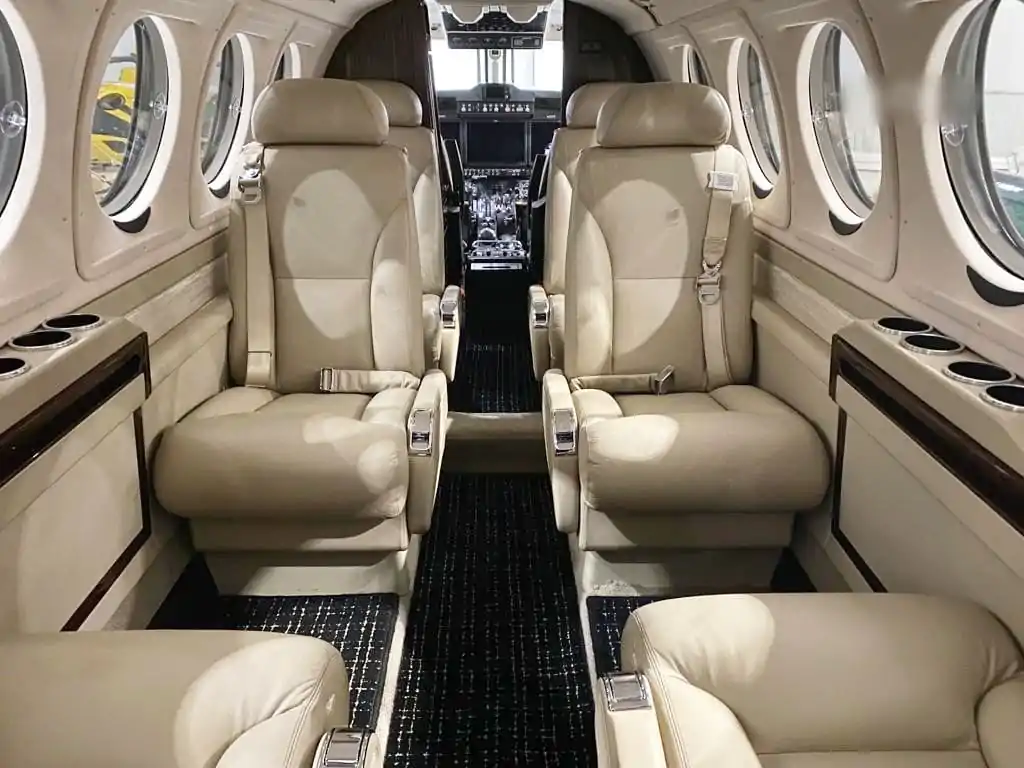
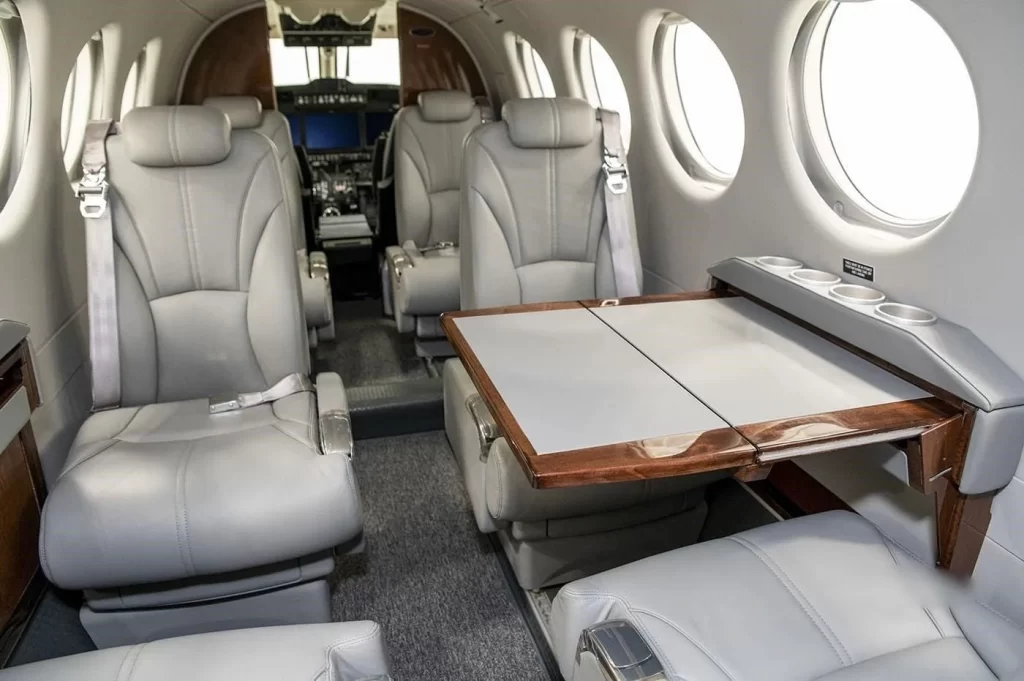
Maintenance Costs
The King Air 250 also stands out for its affordable maintenance costs. Beechcraft offers an extensive network of technical support and spare parts availability, reducing downtime and facilitating routine maintenance. Compared to light jets, King Air’s maintenance is notably more economical, making it a smart choice for operators aiming to maximize operational efficiency.
Pilot Reviews
Experienced pilots often highlight the King Air 250 as an exceptional aircraft for various operating conditions. Its short takeoff and landing capabilities are frequently praised, as well as its ability to operate in mountainous regions or under challenging weather conditions. “The King Air 250 is extremely versatile and reliable. It combines excellent performance with affordable operational costs, making it an ideal choice for executive aviation operators,” commented a pilot with over 15 years of experience.
Comparison with Competitors
To better illustrate the competitiveness of the King Air 250 in the market, here is a comparison with its main competitors, the Pilatus PC-12 and the Cessna Citation Mustang:
| Aircraft | Range (km) | Cruise Speed (km/h) | Cost per Hour (US$) | Approximate Price (US$) |
|---|---|---|---|---|
| King Air 250 | 2,710 | 574 | 1,200 | 7 million |
| Pilatus PC-12 | 2,889 | 528 | 1,000 | 5 million |
| Cessna Citation Mustang | 2,161 | 630 | 1,500 | 3.5 million |
Comparative Charts
Below are some charts that highlight the main performance differences between the King Air 250 and its competitors:
Range Comparison

Cruise Speed Comparison

Operating Cost Comparison
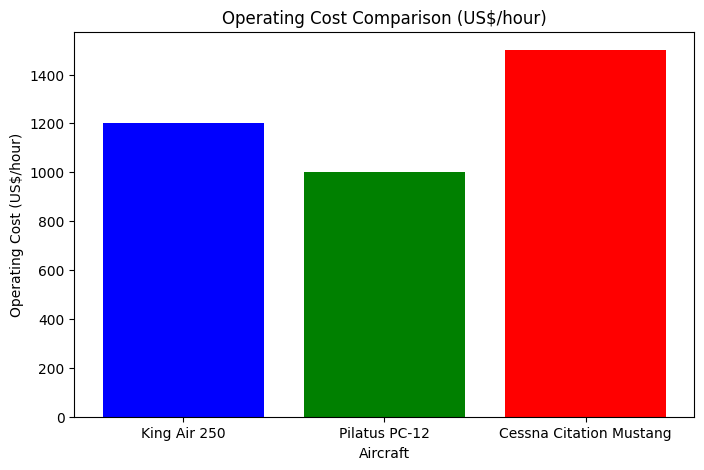
Conclusion
The King Air 250 is an aircraft that combines tradition and innovation, remaining one of the most efficient and reliable choices for executive aviation operators. Its low operating cost, coupled with its ability to operate on short runways and under adverse conditions, makes it an excellent option for those seeking performance and economy.
Interested in purchasing a King Air 250? Contact the Goal Aircraft team and discover all the options available for you!

